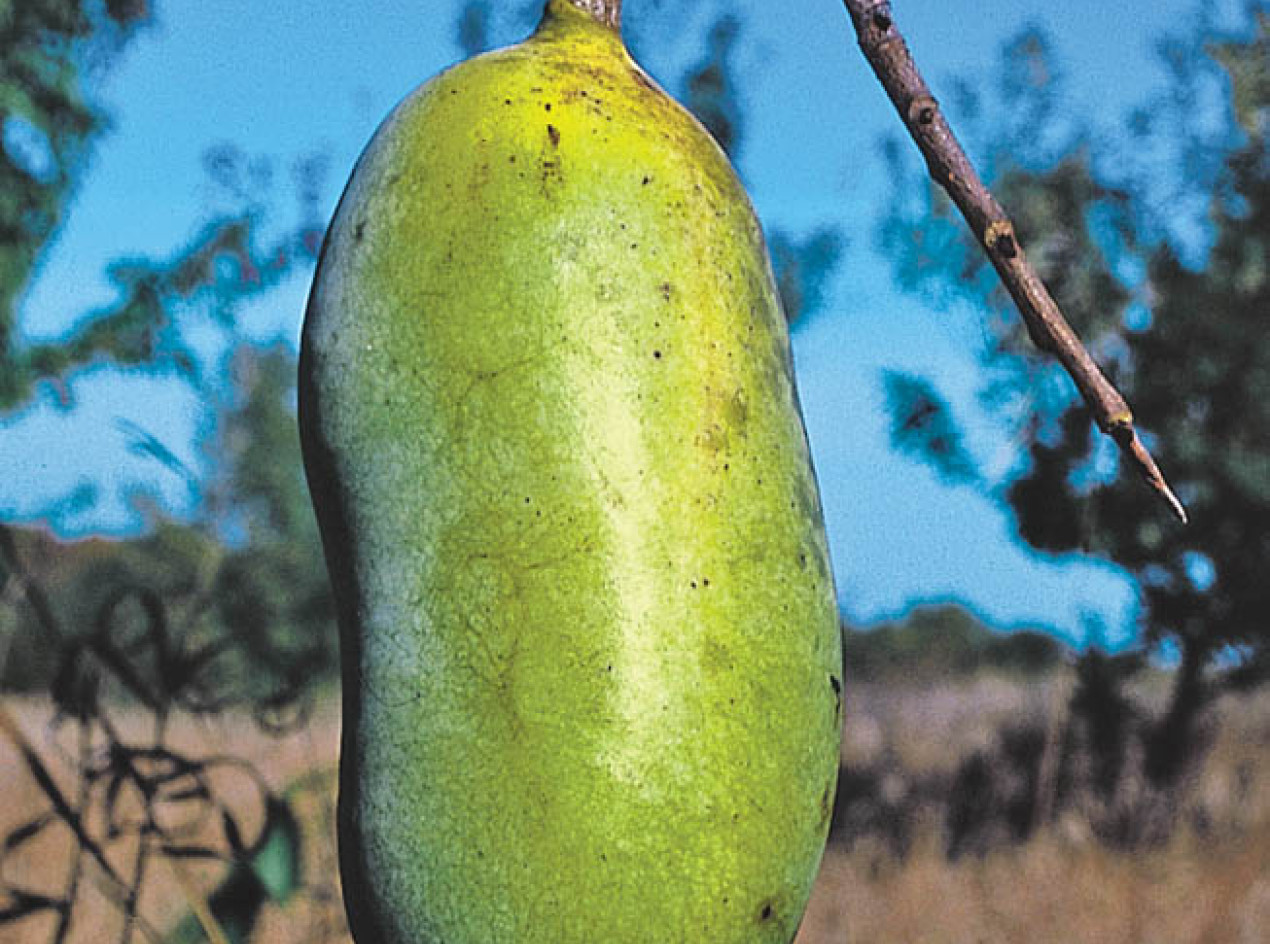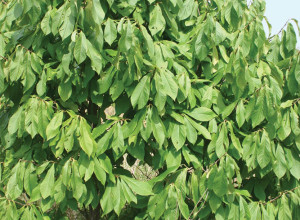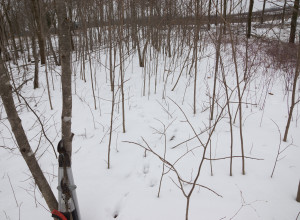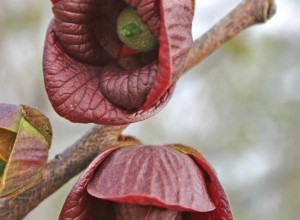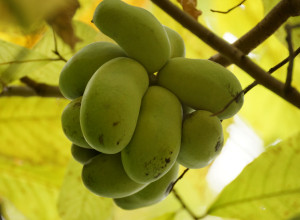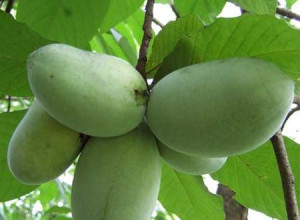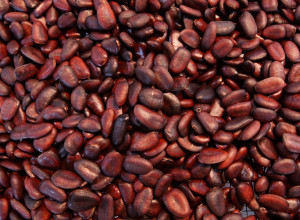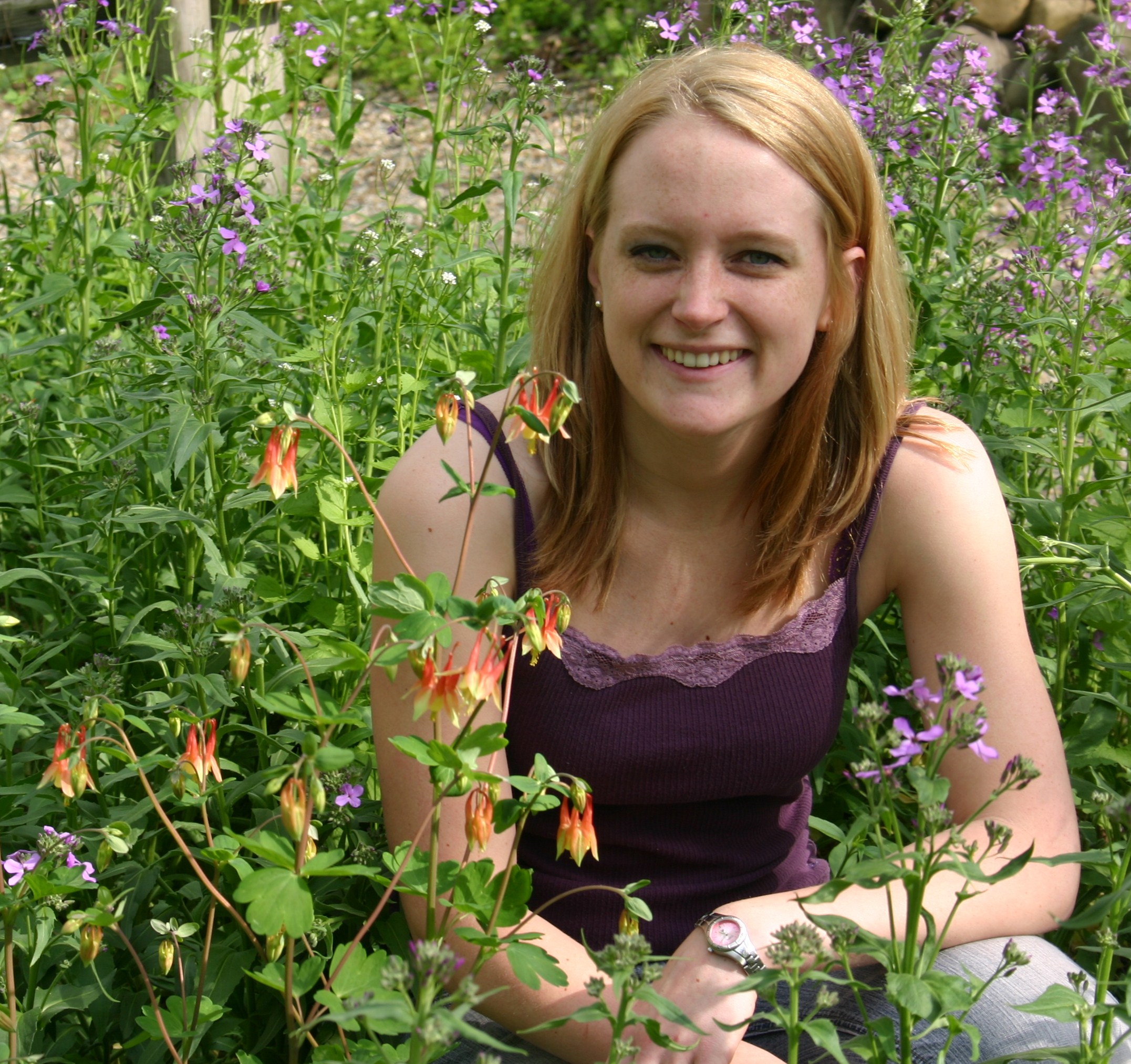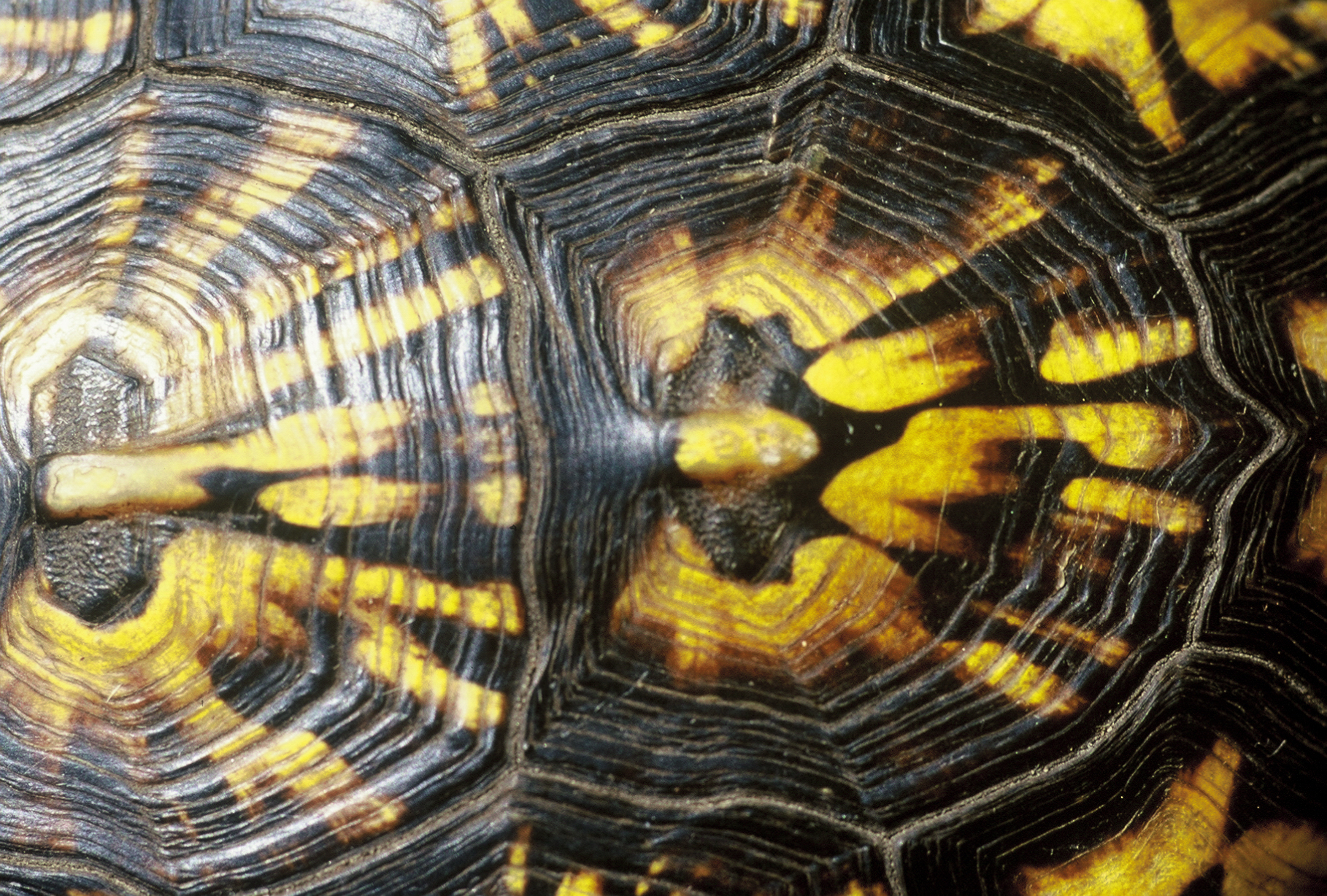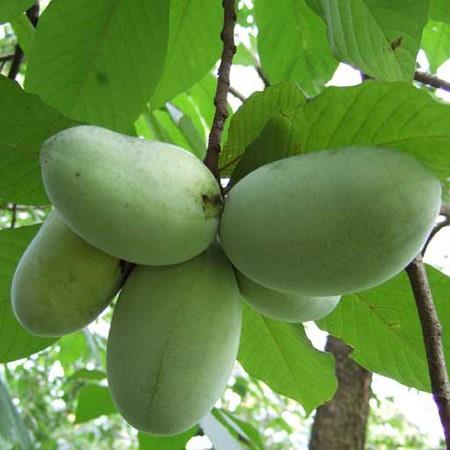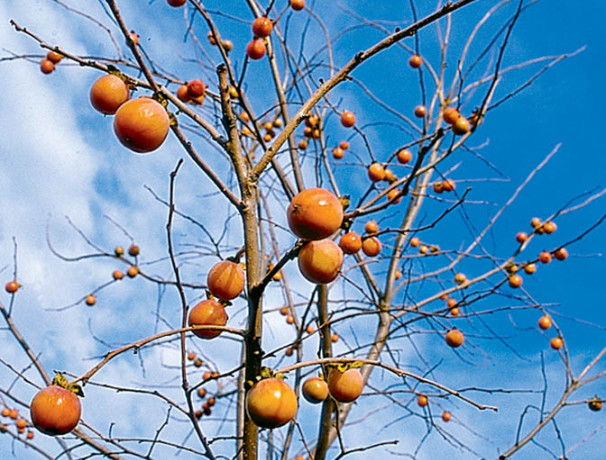Experience-Seeds-Knowledge-Plant Discoveries-Ecological Enrichment-Join Now Click Here!

The Northern Banana-Pawpaw Seed From the Most Northern Part of its Range in North America
This strain is grown from seed originally from the Corwin Davis collection from Bellevue, Michigan of which much of the seed was collected from improved, grafted and wild selections found in the most northern part of its range. This strain is the one of the most northern form found in the U.S. on the northern edge of where pawpaw is found naturally. Our planting was started in 1988 and has grown to include other northern Illinois plants known for their large fruit size, flavor and productivity. Separate areas were also planted with selections known for their productivity or large fruit size. The plantings at my farm represent select Illinois and New Jersey types as well. I have these planted throughout my farm as understory plants in clusters around and in other larger trees. These have slowly produced stolons and have filled these areas over the course of 30 plus years. None of them are grafted forms.
Seed Sources: The Corwin Davis collection contained some of the first cultivated selections of pawpaw. Because Corwin Davis had a nursery, Tollgate Gardens and he distributed his seeds, scions, grafted varieties and seedlings, much of this particular germplasm is preserved beyond his farm in central Michigan. I was lucky enough to plant about 70 of these trees purchased from Nash Nurseries in 1988. The varieties Corwin Davis had included 'Sunflower', 'Taytwo', 'Davis' and many others. My plantings were from the seedlings from these parent plants. The seeds I offer provide a means to develop your own selections and strains for your location from a diverse northern stand. My farm is at the most northern part of the range of the pawpaw in Michigan. Many of my seedlings were collected from plants in Kalamazoo County. Here it is a solid zone 5.
Pawpaw plantings can be direct sown from seeds especially if there is an overstory already. Pawpaw seeds can be easily establish in woodlands. Fruiting takes longer in these locations versus an orchard of plants. On woodland edges, direct seeding is also possible and trees will fruit in 4-8 years from seed. The roots establish a colony just like shumac. This colony replaces itself as the parent trees slow production and die. Individual trunks will produce for 25 to 30 years or so in Michigan and then fade. Then the new 'suckers' from this colony can be allowed to grow outwards as well as thinned to give them more light which increases caliper and then fruiting. In this way, the seedlings continue to spread outwards.
To germinate the seed: Plant outdoors in the fall in shade or part shade. Mulch over the seed with compost. Seedlings will emerge in July slowly. The plants will grow 1-4 inches tall in the first year until the root reaches 6-12 inches deep. Animals do not consume pawpaw seeds as they are high in alkaloids. For this reason, they are one of the few seeds that can be direct sown with few issues from animals disturbing or eating the seeds. For indoor germination: Put the seed in the refrigerator in lightly damp Canadian peat moss for 90-120 days at 34-38F. After 90-120 days, put at room temperature. Seeds will sprout slowly 30-60 days or more after dormancy. Put in at least 50 percent shade for the first year. This prevents the top from 'frying' . The new leaves will turn brown if exposed to direct sun. Light shade is ideal for young pawpaw seedlings for at least one year. Then you can outplant the trees after one or two years. When the root emerges from a sprouted seed, careful not to snap it off when planting. Best success is in rich high organic soil that is acidic in nature. Remember not to dry the seed out. It is very sensitive to decay if dried. My seeds are stored as moist seeds and never allowed to dry out after processing. The shade aspect is also important. Between those two requirements, that is the reasons for failure.
360 seeds is 1 pound of seed this year.(Fall of 2023) Seeds are held in moisture and refrigeration at 38F to 45 F after processing.
| Plant Specs | |
| Seed Source | Michigan, Originally the Davis Collection of which the bulk was from central Michigan germplasm. To a limited degree Mississippi River area, Illinois Improved and New Jersey Improved. The most northern short season seed strain in North America. |
| Hardiness | -25F or more |
| Height (ft) | 20 to 30 ft. On sandy soils half that size. |
| Width (ft) | 20ft. |
| Pollination Requirements | Need 2 plants genetically different for fruit set. Our seeds fulfill this requirement as would other types of pawpaws grafted or seedlings. |
| Soil | Does best in high organic soils but tolerates sand. Loam, clay loam, sandy loam, acidic |
| Climate | Zone 4ish-5 to zone 9. In short season areas the shorter season like in zone 3 or 4 may not ripen the fruit all of the time or never if you have cool summers and a short season. Northern Michigan for example would be iffy but varietals could eventually pop out of the populations but it would be limited. Hardiness and short season would need to be combined with the selection process. |
| Ease of Cultivation | Easy to grow from seed, but seed needs shade the first year to prevent leaf burn which destroys the seedling. Transplant after 1-2 years to its permanent location or make shade for it before planting or use existing shade of other plants. Seeds are not consumed by rodents or insects. They also can be planted under other shrubs as a source of protection until they get older. Multiflora rose, grey dogwood and autumn olive are good shrubs to plant pawpaw seeds under in these abandoned farm fields or other 'conversion to forest' fields in the transition to woodland. Difficult to start in droughts so regular watering is a must until that tap root is down fully. |
Related Plants
Northern American Persimmon Seeds
This is the most northern of the seed strains using a mix of seedling persimmons at our ..
$140.00
